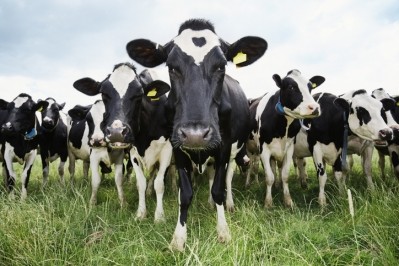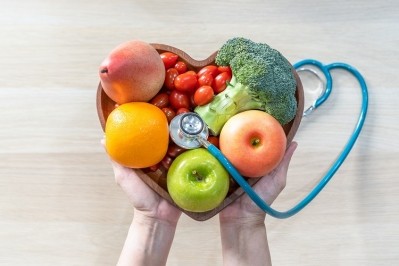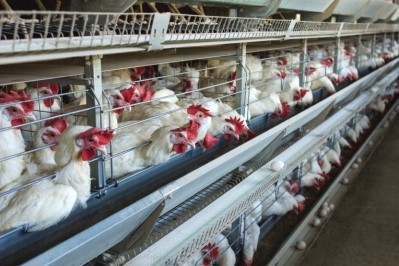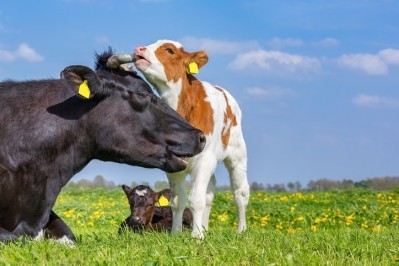Circular approach could cut meat and dairy emissions by 31% but dietary guidelines would need rethinking
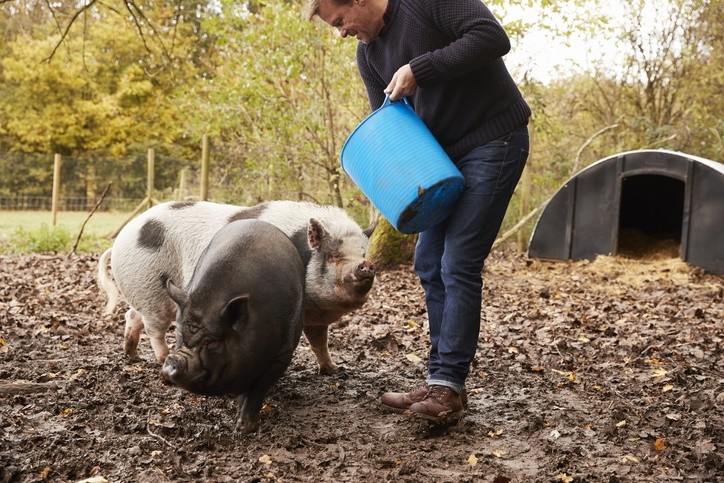
The food people eat is contributing to climate change. Thirty-seven percent of GHG emissions are linked to the industry, a fact that has sparked discussion around whether we need to change our diets. Roughly one-quarter of all human-induced GHG emissions originate in agriculture.
In particular, the footprint of animal agriculture is frequently singled-out for scrutiny. Resource-intensive foods like meat are a major contributor to overall emissions – animal-based foods produce roughly twice the emissions of plant-based nutrition and globally about 40% of all arable land is dedicated to growing feed for farm animals.
Back in 2019, the EAT-Lancet Commission released a landmark paper that established the world’s first scientific targets for a healthy diet that places food production within planetary boundaries. The researchers suggested that global consumption of red meat and sugar will need to decrease by more than 50% by 2050. Consumption of nuts, fruits, legumes and vegetables will need to increase more than twofold, they claimed.
But new research published this month in Nature Food highlights the complex connections between animal agriculture, European food choices and their impact on ‘a rapidly warming planet’, and questions some of the EAT-Lancet conclusions about animal agriculture.
The balance between chicken, pork and beef
“The foods societies produce and eat today have a climatic ripple effect that extends far into the future,” said study co-author Mario Herrero, professor of sustainable food systems and global change at Cornell. “It’s imperative that we reimagine how food is produced if we are to stave off the worst impacts of global climate change.”
Circular food systems prioritise the production of healthy foods while reducing waste streams. Implementing circular principles using a resource allocation model, the scientists found that feeding European livestock low-opportunity-cost biomass (LCB) – that is, food from leftovers suitable for livestock but not human consumption – could reduce greenhouse gas emissions by 31% and the amount of land devoted to agriculture by 42%.
These gains could only be secured if Europeans not only reduce meat consumption but shift the kind of animal proteins they eat, the researchers stressed. However, there are some notable differences between this thesis and the conclusions within the EAT-Lancet study.
“[EAT-Lancet] dietary guidelines recommend poultry meat over foods derived from cows and pigs. But circular food systems – which prioritize the use of arable land to produce food for humans — are most optimized for production of milk, beef and pork, conflicting with the EAT-Lancet dietary guidelines,” said Ben van Selm, first author of the study and a doctoral student from Wageningen.
This latest analysis suggests that animals exclusively fed LCB were unable to provide the combination of meat, milk, eggs and fish recommended in the EAT-Lancet dietary guidelines. “In total, the reference diet derived from the EAT-Lancet dietary guidelines contained 71 g of meat and fish, 250 g of milk and 13 g of eggs per capita per day. It was, nevertheless, possible to fulfill the ‘total’ recommendations by adjusting the share of meat and fish while respecting the healthy range. The reference value for pork, for example, is 7 g, while the healthy range is 0–14 g pork per capita per day,” the researchers concluded.
This tension between the EAT-Lancet guidelines and circular food systems suggests that dietary recommendations will require continual modifications as agricultural innovations change the balance between food production and environmental damage, Herrero said.
“Circularity in our food systems has the immense potential to decouple livestock from land by utilizing livestock low-opportunity-cost biomass and other food waste streams,” Herrero said. “Modifying food consumption and waste patterns are central to achieving healthier diets while increasing the sustainability of food systems.”
Source
'Circularity in animal production requires a change in the EAT-Lancet diet in Europe'
Nature Food
DOI: https://doi.org/10.1038/s43016-021-00425-3
Authors: van Selm, B., Frehner, A., de Boer, I.J.M. et al
